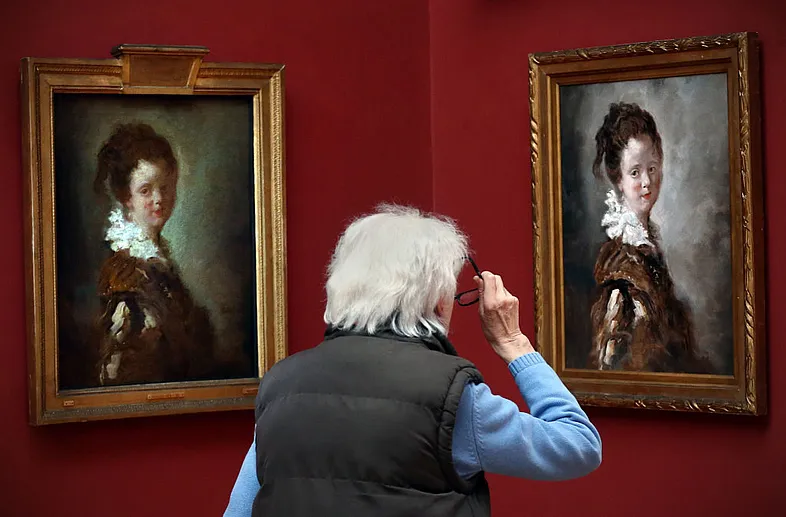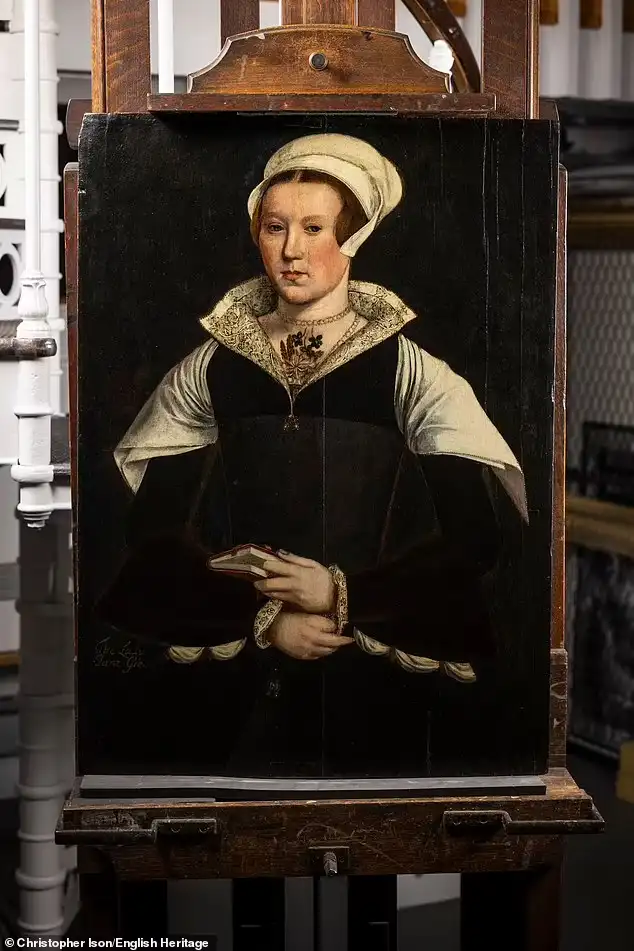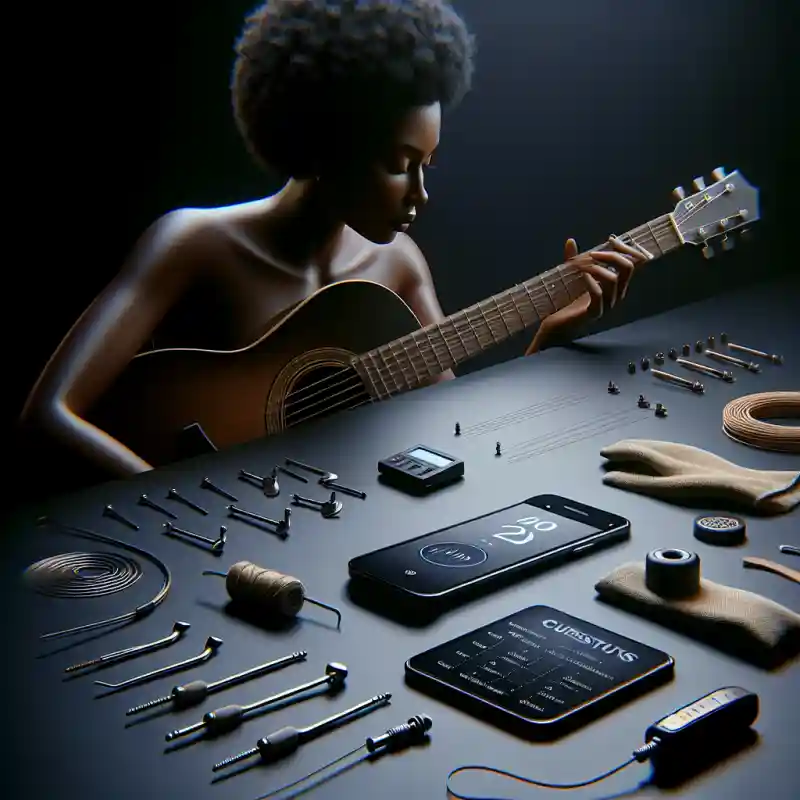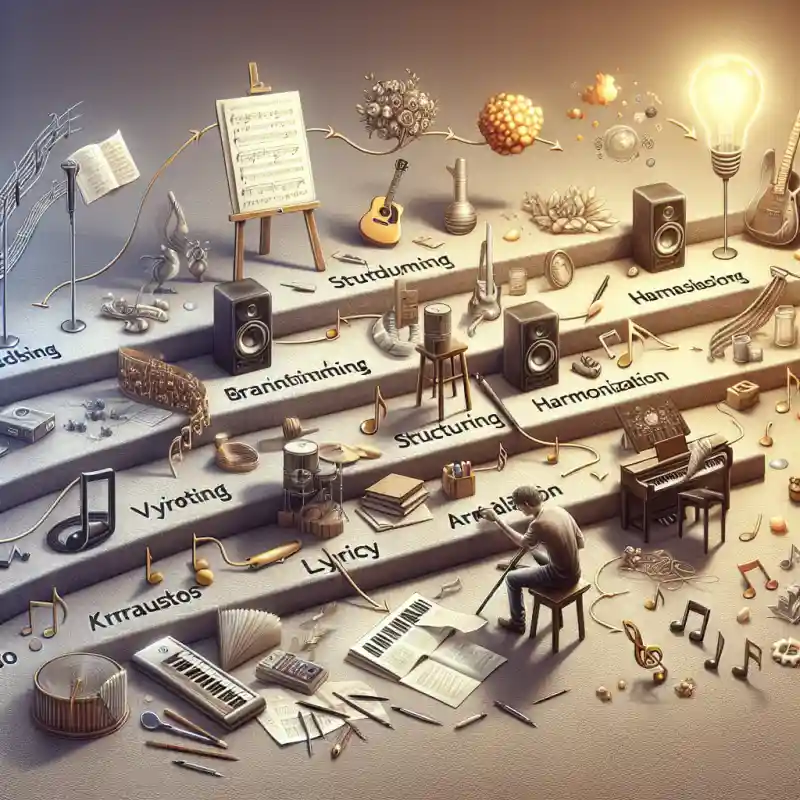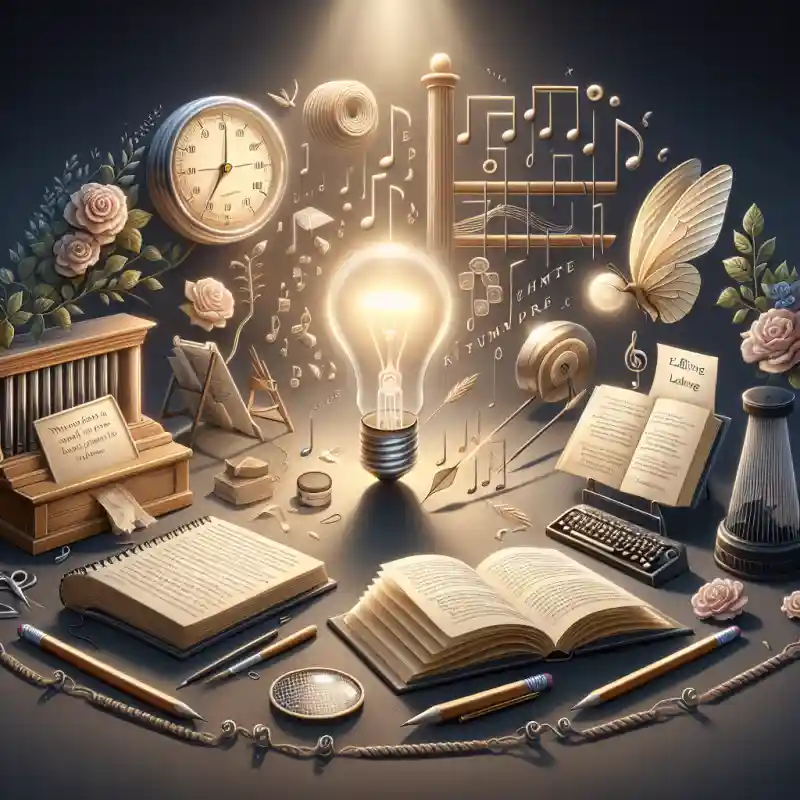In an age dominated by digital illusions and AI-generated images, one might assume that art forgery is a thoroughly modern problem. But as recent events have shown — from the exposure of a forger’s studio in Rome to claims that a National Gallery treasure may be a fraud — the art world has long been vulnerable to deception. Whether it’s sloppy brushwork, chemical inconsistencies, or vanishing provenance, forged artworks continue to challenge collectors and institutions alike.
The Legacy of Deception
Earlier this year, Italian police uncovered a hidden art forgery operation in Rome, seizing over 70 counterfeit works falsely attributed to masters like Picasso, Rembrandt, and Pissarro. The suspect — who remains at large — is believed to have sold these forgeries online, complete with forged certificates and gallery stamps. Around the same time, art historian Euphrosyne Doxiadis reignited debate over the authenticity of the National Gallery’s Samson and Delilah, attributed to Peter Paul Rubens. She argues the painting is a 20th-century fake, despite longstanding institutional endorsement and technical analyses affirming its authenticity.
With technology growing more advanced and public trust more fragile, the conversation around forgery is only intensifying. Here are five critical guidelines experts use to detect fake masterpieces — tools that might one day save someone from a multimillion-dollar mistake.
Rule 1: Pigments Don’t Lie
The chemistry of paint can be a forger’s undoing. The wrong pigment — even in trace amounts — can expose a fraud, no matter how masterful the brushwork. The downfall of notorious forger Wolfgang Beltracchi began when a small amount of titanium white, a pigment developed after the early 20th century, was found in a work he attributed to Heinrich Campendonk. Even more damning was a case involving a supposed Parmigianino painting which contained phthalocyanine green — a color invented four centuries after the artist’s death.
Takeaway:
- Confirm that the pigments used existed during the artist’s lifetime.
- Beware modern materials in “old” works.
Rule 2: Art Without a Past Is a Red Flag
Provenance — a documented history of ownership — is key in authenticating art. Forgeries often come with mysterious or fabricated backstories. Han van Meegeren duped collectors with “newly discovered” Vermeers lacking any historical record. His success stemmed from people wanting the art to be real more than verifying that it was. In contrast, a forgotten John Constable painting’s authenticity was proven through a paper trail linking it back to the artist’s son.
Watch For:
- Lack of exhibition or sales records
- Sudden “discoveries” with no past documentation
Rule 3: Brushwork Tells the Truth
Forgery isn’t just a technical act — it’s a performance. Each artist’s hand leaves behind a distinct trace. Attempting to mimic the brushstrokes or penwork of masters under scrutiny is a daunting task. Forger Eric Hebborn managed it — reportedly by self-medicating with brandy — but even his elegant fakes have been unmasked through close analysis. His work continues to confound institutions, like the Met, which still lists one drawing possibly done by his hand as part of Jan Brueghel the Elder’s circle.
Tip:
- Compare brushwork with confirmed pieces.
- Examine for natural flow versus mechanical imitation.
Rule 4: Look Beneath the Surface
When visible clues fail, go below the canvas. In one prolonged controversy, a floral still life attributed to Van Gogh was questioned for its garish hues and lack of provenance. The debate ended when X-ray imaging revealed an underpainting of two wrestlers — a piece Van Gogh had described in a letter. This hidden composition served as incontrovertible proof of authenticity and offered a rare dual insight into his process and economy.
Key Methods:
- X-rays and infrared reflectography
- Cross-sectional pigment analysis
Rule 5: Details Can Expose the Deception
Sometimes, it’s the smallest mistake that brings down a giant scheme. In 2007, collector Pierre Lagrange paid $17 million for a Pollock forgery — a seemingly legitimate piece ruined by a misspelling in the artist’s signature. The fake lacked the signature’s distinctive “c,” something that might have been caught with basic diligence. This painting was part of a wider scandal involving Knoedler & Co., a revered New York gallery that collapsed after it was revealed to be selling forged works by Rothko, De Kooning, and others.
Lesson:
- Don’t overlook misspellings, inaccurate dates, or faulty signatures.
- Authenticity is in the details.
The Future of Art Authentication
As AI and forensic science evolve, so too do the tools for exposing art fraud. But as the case of Samson and Delilah demonstrates, even cutting-edge analysis doesn’t always end debates. Artistic value remains, in part, subjective — wrapped up in belief, scholarship, and desire. Still, as long as there is prestige and profit in authenticity, forgers will try their luck — and curators, scientists, and historians will continue to look ever closer.
In the end, the most enduring truth in art may not be painted in oil or ink, but hidden in pigment charts, paper trails, and microscopic brush hairs — waiting for someone to notice.
